Case Report: 11CA001
Plumber dies when he falls from the second floor of a building after stepping on unsupported plywood formwork
Download a PDF to print this report:
Plumber dies when he falls from the second floor of a building after stepping on unsupported plywood formwork (11CA001, PDF)
Summary
A plumber fell approximately 25 feet from the second floor of a new building under construction. The victim stepped from a concrete section of the second floor onto a piece of plywood from which the vertical shoring had just been removed. The plywood collapsed under his weight and he fell to the floor below. The CA/FACE investigator determined that, in order to prevent future incidents, construction contractors of buildings under multi-floor construction should:
- Ensure that workers do not walk on plywood sheets while vertical shoring is removed.
In addition, contractors installing and removing horizontal shoring should:
- Develop and implement a system that clearly identifies the vertical shoring parts that are to be removed and those that are to remain in place.
Introduction
On Monday, December 27, 2010, at approximately 3:00 p.m., a 58-year-old Hispanic plumber fell approximately 25 feet when he stepped on a piece of plywood from which the vertical shoring had been removed. He died three days later from the injuries sustained in the fall. The CA/FACE investigator received notification of this incident on January 3, 2011, from the Los Angeles District Office of the Division of Occupational Safety and Health (Cal/OSHA). On January 7, 2011, the CA/FACE investigator inspected the incident scene. Interviews were conducted with the superintendent of the general contractor, the supervisor of the victim, co-workers, and employees of other contractors at the site of the incident.
The employer of the victim was a plumbing contractor that had been in business for 25 years and had 184 employees, five of whom were on the site at the time of the incident. The victim had been working for this contractor as an apprentice plumber for the past seven years. He was born in Mexico and had an eighth grade education. He had lived in the United States for 13 years at the time of the incident. The victim spoke both English and Spanish.
The general contractor had been in business for 12 years and had 26 employees, five of whom were on the construction site on the day of the incident. The concrete contractor had been in business for 28 years and had 80 employees, twelve of whom were on the construction site on the day of the incident.
The plumbing contractor, who employed the victim, had a safety manual in English and Spanish which included an Injury and Illness Prevention Program (IIPP). The IIPP included management and employee responsibilities, safety meeting schedules, training and retraining, safety incentive and disciplinary programs, fall protection, and overall safety procedures for activities related to contractor plumbing services. There was no specific content related to the safety hazards while working around vertical shoring or formwork. Employees of the plumbing contractor attended weekly documented safety meetings that were also provided in Spanish.
The concrete contractor also had an IIPP with all the required elements, and their employees attended weekly documented safety meetings. The employee who was disassembling the vertical shoring was trained and experienced in the installation and removal of vertical shoring.
Investigation
The incident site was a two-story multipurpose building (approximately 126 x 140 feet) under construction. Vertical shoring was used to support horizontal plywood sheet formwork while concrete floors were poured. The vertical shoring involved in this incident was a pre-engineered modular system that used lightweight interlocking aluminum beams and adjustable posts that erect and dismantle very quickly. The vertical shoring system was capable of accommodating shore heights up to 18'10" (see exhibit #1). The vertical shoring for the second floor had been erected earlier in the month.
The design of the building included an interior open courtyard. In the areas of the interior floor openings of the courtyard, the plywood sheet extended past the edges of where the concrete was poured. This extension of the plywood into the space for the courtyard was temporary. It was done to facilitate creating the concrete forms and to allow staging of tools and materials.
During the week before the incident, the concrete for the second floor of the building was poured and finished and the site was closed. On Monday, December 27, 2010, the subcontractors returned to the construction site to resume work. As required by the general contractor, each construction trade held their morning safety meeting. On site were carpenters, plumbers, electricians, iron workers, laborers, and cement finishers, all working with each other on the first and second floors of the building. The carpenters were framing the different units on the second floor and the plumbers were drilling holes in the base of the frames to accommodate the building's plumbing needs.
The concrete worker was instructed by his supervisor to remove the vertical shoring under the second floor, but to leave in place a section of vertical shoring around the plywood perimeter of the courtyard opening because it was still being used for staging material. Because of the odd shape of the courtyard perimeter, it was difficult to determine where the second floor concrete ended while looking up from below. The subcontractors working on the second floor traversed the concrete and the courtyard perimeter plywood sheets all morning without incident.
At approximately 3:00 p.m., the concrete worker removed the shoring under some of the plywood around the courtyard perimeter. The victim was walking across the second floor and stepped onto the plywood sheets that extended beyond the edge of the floor. As his foot made contact with the plywood sheets, the plywood dislodged and the victim fell through the opening approximately 25 feet to the concrete floor below.
The concrete worker who removed the shoring was stacking the portions of shoring he had just removed when he heard a noise, look over his shoulder and saw a piece of plywood falling. He then noticed the victim on the floor. He immediately called for help and ran to assist the victim. The fire department and paramedics responded within minutes and transported the victim to a local hospital, where he died from his injuries three days later.
Cause of Death
The cause of death according to the death certificate was multiple blunt force injuries.
Recommendations
Construction contractors of buildings under multi-floor construction should:
Recommendation #1: Ensure that workers do not walk on plywood sheets while vertical shoring is removed.
Discussion: In this incident, the concrete contractor was removing the vertical shoring from underneath the second floor. When the victim stepped off the concrete onto the plywood shoring, he was unaware that the support holding it in place had just been removed. The plywood dislodged and the victim fell to the concrete floor below. When multiple contractors are working together, the action of one contractor often affects the safety of others. In this case, not all of the contractors on the work site were aware that the shoring was being removed. Even though the shoring around the courtyard perimeter was to remain in place for staging purposes, employee traffic and stored material on that remaining portion should have been prohibited until the removal of the vertical shoring was complete and an inspection of the remaining portion been conducted to ensure its stability. One method that could have been used to restrict access to the exposed plywood would have been physical barriers with signs informing other contractors why access was not allowed. The presence of a safety watch would have also been an alternative method for keeping employees off the plywood until the shoring removal was complete. Had either of these methods been used, this incident might have been prevented.
Recommendation #2: Develop and implement a system that clearly identifies the vertical shoring parts that are to be removed and those that are to remain in place.
Discussion: In this incident, the construction worker who was removing the vertical shoring from underneath the newly poured concrete second floor was unable to see the entire odd shaped perimeter of the courtyard. As he disassembled portions of the vertical shoring, he unknowingly removed a post under a piece of plywood that was to remain in place. When the victim stepped onto the unsupported plywood, it gave way and he fell through the opening. Because there is no visibility from underneath vertical shoring, a system needs to be developed that clearly identifies which parts of the vertical shoring should stay in place when a partial disassembly is required. The use of tags, flags, or colored tape might be an identifiable method that would prevent the inadvertent removal of vertical shoring parts that would help prevent a future incident similar to this one from reoccurring.
Exhibits
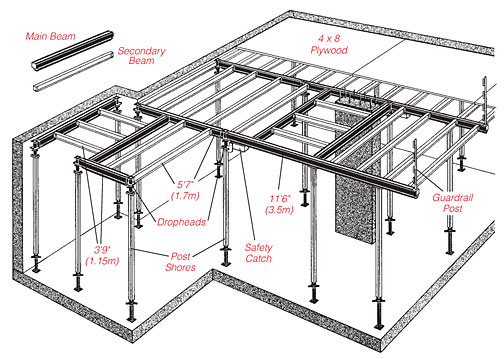
Exhibit 1. A diagram of a vertical shoring system. Image courtesy TITAN Formwork Systems.
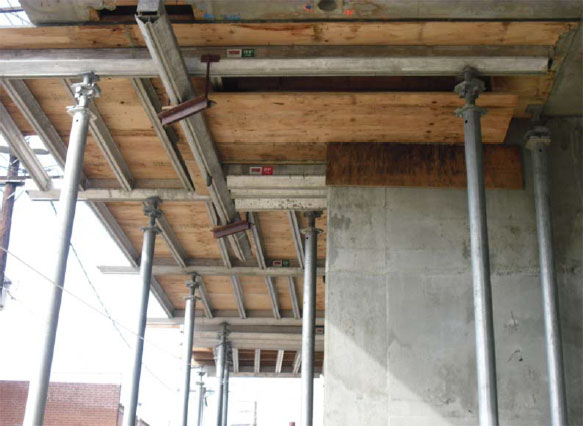
Exhibit 2. The vertical shoring from underneath.
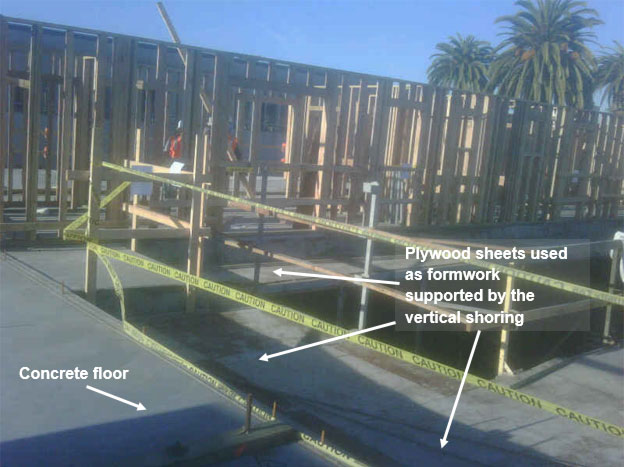
Exhibit 3. The second floor and shoring.
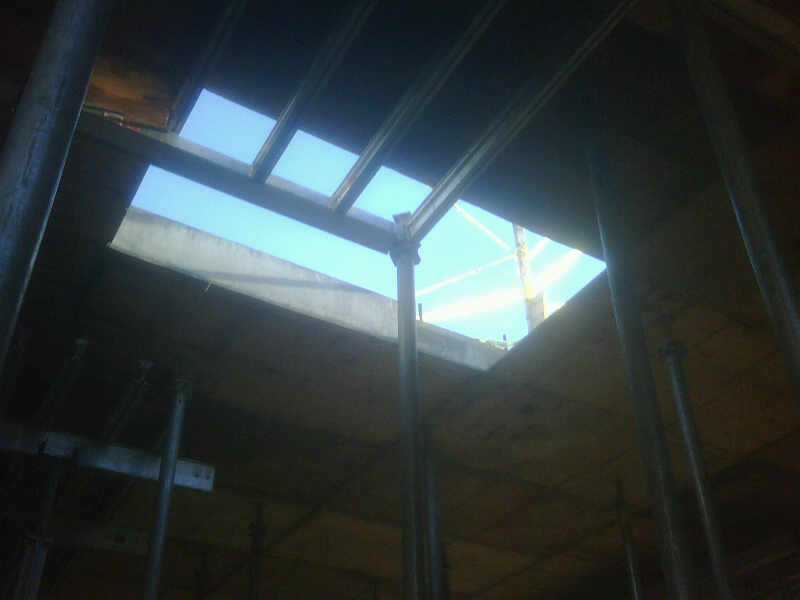
Exhibit 4. The hole the victim fell through.
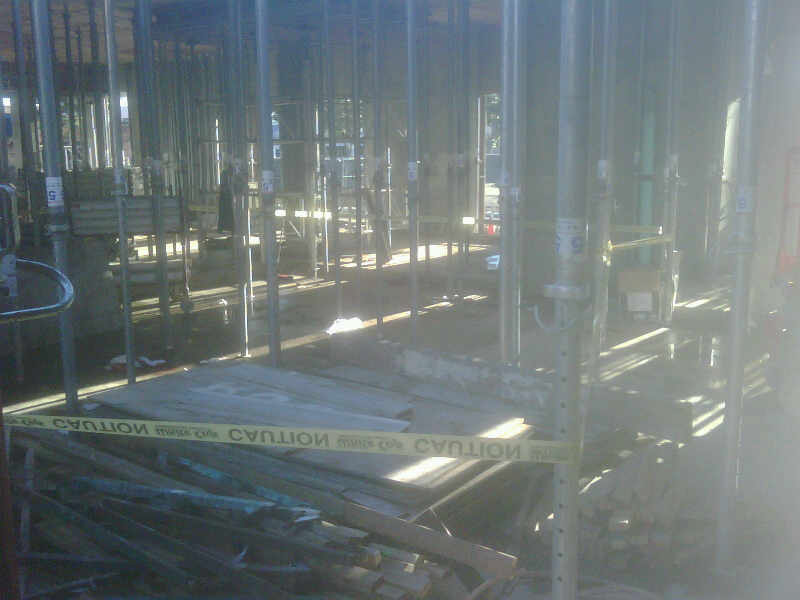
Exhibit 5. The vertical shoring and the support post.
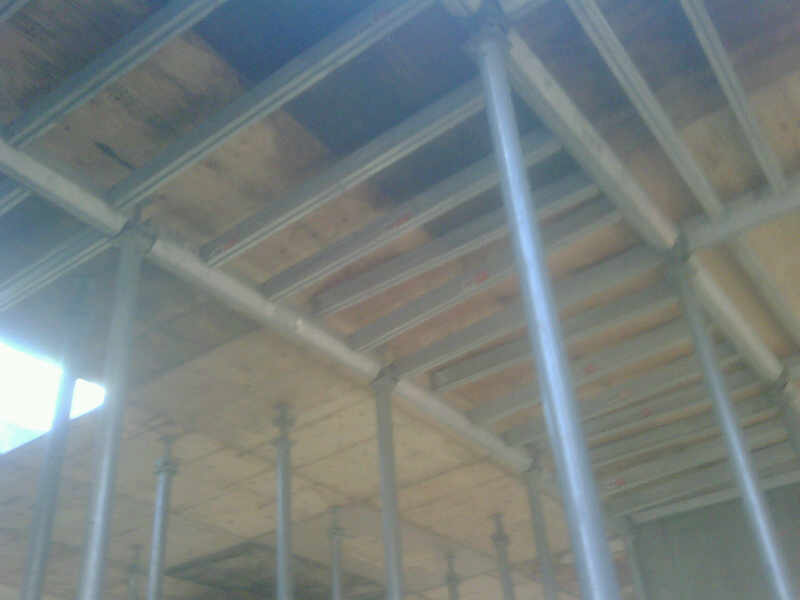
Exhibit 6. The vertical shoring showing the main and secondary beams that held the plywood in place.
References
California Code of Regulations, Subchapter 4. Construction Safety Orders, Article 29. Erection and Construction §1717. Falsework and Vertical Shoring.
Authors
Hank Cierpich, FACE Investigator
Robert Harrison, MD, MPH, FACE Project Officer
Laura Styles, MPH, Research Scientist
January 5, 2012